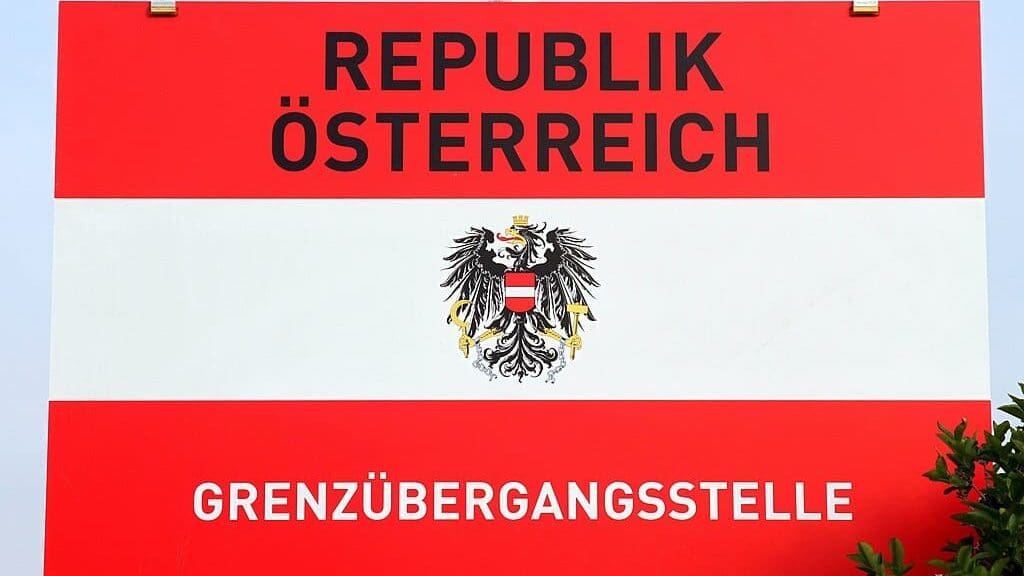
Photo: Steindy (talk) 13:05, 2 May 2017 (UTC), CC BY-SA 4.0, via Wikimedia Commons
An integration report released by the Austrian government on Monday has revealed how much mass migration is changing the face of the country, with 27.2% of residents hailing from a foreign background—first-generation immigrants or born in Austria to foreign parents—up from 19.4% in 2013. However, ministers of the centre-right and Green coalition government are calling for continued immigration.
Germans (232,700), Romanians (153,400), and Turks (124,100) topped the ranks of major migrant populations in the report compiled by Austrian authorities. The same report shows how 112,300 people applied for asylum in 2022 alone, driven by a surge in Afghan and Syrian migrants.
“Austria is only growing due to immigration,” declared Tobias Thomas, Director General of Statistics Austria, upon the release of this week’s report. Centre-right integration minister Susanne Rabb of the Austrian People’s Party (ÖVP) was quick to use the findings as evidence for the need for more immigration, with the Austrian population expected to break 10 million by mid-century despite a declining birth rate of 1.48 children per woman.
While labour market needs are put forward as an argument for more immigration, the report shows that rates of employment among some migrant communities are significantly lower compared to the national average of 74.1%: Only 44% of Syrian and Afghan men are active in the labour market, a figure that drops to 26.3% for women from the same backgrounds. A large number of asylum seekers, the report states, are also illiterate, with 23% unable to read or write in their native language
Separately, Exxpress reports, government statistics show that 45% of all crime suspects were foreign nationals; 28% of them foreigners residing in Austria.
Integration minister Rabb has presided over the asylum spike, but was quick to state that “Austria’s asylum brake is working.” The ‘asylum break’ refers to recent reforms that are potentially having a mild dampening effect in an effort to not overburden the asylum system. Austria did register a 41% decline in asylum claims last year, making it something of a European outlier. This is progress, considering that Austria was previously one of the major recipients of asylum seekers during the post-2014 European migration crisis.
The flow of migrants north from the Balkans in recent months has seen Austrian officials attempt to limit family reunification and―despite heavy opposition from Green politicians―introduce DNA testing to ascertain that claimed family relationships are real. At a European level, Austrian Chancellor Karl Nehammer (ÖVP) is attempting to pioneer a version of the UK-style ‘Rwanda plan,’ characterised by offshore detention and processing of asylum applicants.
The wish to control migration is also influencing Austria’s actions at a European Union level, including its veto of Bulgaria’s and Romania’s entry into the Schengen free travel zone.
Austrian elections in September are expected to favour the migration-critical Freedom Party of Austria (FPÖ) which received 25.3% of the vote in the European Parliament elections, compared to the ÖVP’s 24.5%
